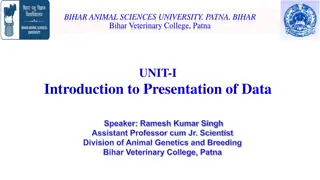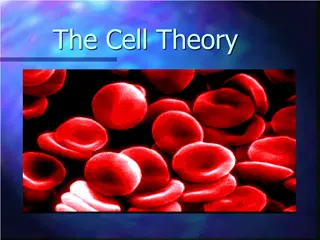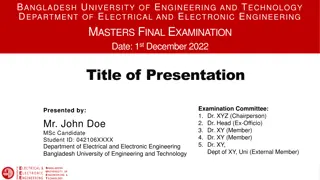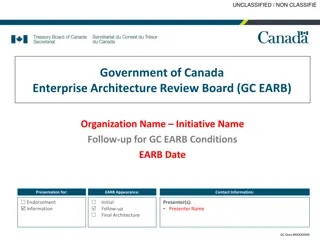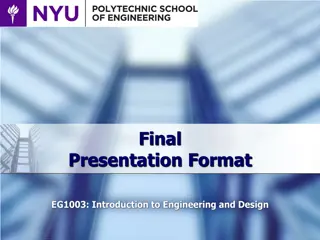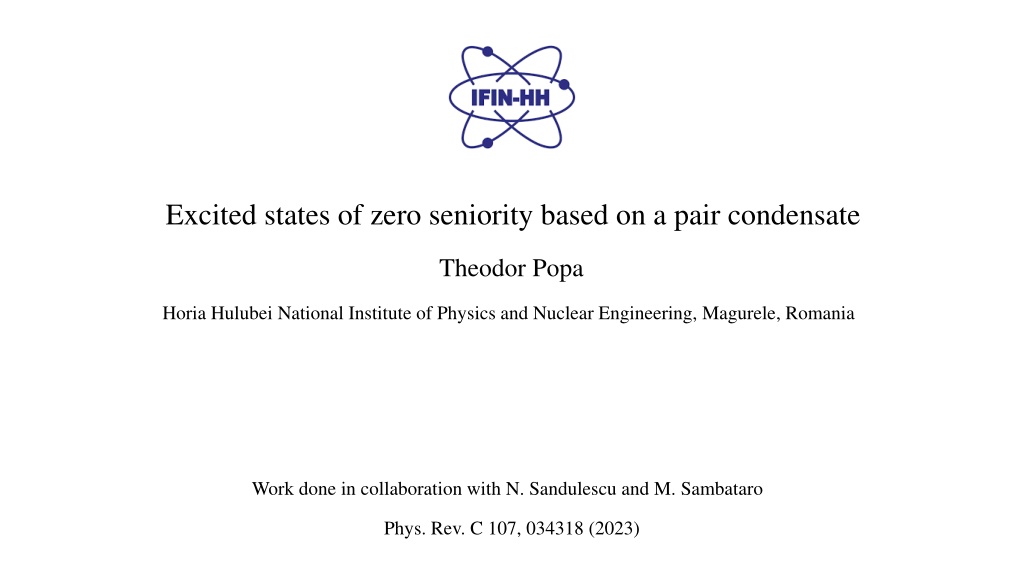
Excited States of Zero Seniority in Nuclear Physics
Explore the study on excited states of zero seniority based on pair condensates in nuclear physics, revealing insights into the structure and properties of these states. The research delves into open issues, definitions, and calculation schemes, presenting findings on one-broken pair states, excited pair condensates, and their relation to giant pairing vibrations in nuclei.
Download Presentation

Please find below an Image/Link to download the presentation.
The content on the website is provided AS IS for your information and personal use only. It may not be sold, licensed, or shared on other websites without obtaining consent from the author. If you encounter any issues during the download, it is possible that the publisher has removed the file from their server.
You are allowed to download the files provided on this website for personal or commercial use, subject to the condition that they are used lawfully. All files are the property of their respective owners.
The content on the website is provided AS IS for your information and personal use only. It may not be sold, licensed, or shared on other websites without obtaining consent from the author.
E N D
Presentation Transcript
Excited states of zero seniority based on a pair condensate Theodor Popa Horia Hulubei National Institute of Physics and Nuclear Engineering, Magurele, Romania Work done in collaboration with N. Sandulescu and M. Sambataro Phys. Rev. C 107, 034318 (2023)
Outline Introduction: open issues Zero seniority states: definitions and calculation scheme Zero seniority states for 108Sn - one-broken pair states - excited pair condensates (EPC) - EPC and giant pairing vibration Conclusions
Open issues Excited states of zero seniority are not well-defined in the BCS approximation In the particle-number projected BCS (PBCS) the excited states of zero seniority can be defined in the framework of the one-broken-pair approximation (OBP). However, there are presently no studies of how the OBP approximation works for the seniority zero excited states past the first such excited state. In the present study we investigate a new type of excited states states of zero seniority, which has the structure of an Excited Pair Condensate (EPC). We shall show that some of these states have properties in common the Giant Pairing Vibration.
Seniority zero states within PBCS I. Ground state II. One broken pair excited state III. Excited pair condensate (EPC) the sets of mixing amplitudes are determined variationally
Seniority zero states in 108Sn: state dependent pairing interaction the one-broken pair (OBP) approximation is able to describe the known J=0 excited states very well ! - the OBP states have a very similar structure with the exact solutions there are two excited pair condensate states (EPC) found at surprisingly low energies ! - these EPC states do not have a struture similar to the exact states
The excited pair condensate at high energy At high excitation energy, around 21 MeV, there is an exact state which has the structure of a pair condensate ! This state is analogous to the ground state, but built on the second half of the valence shell 50-82 single-particle energies Occupation probabilities The distribution of single-particle energies shows that the major shell is split into two parts, which, for 108Sn, play the role of the valence shell and, respectively, the next major shell. This fact suggests that the EPC has properties similar to the giant pairing vibration (GPV) !
Excited seniority states for 108Sn: general two-body interaction The agreement between the OBP states and the experimental J=0 state is better for the first excited state, but worse for the other two states. The first 3 OBP can be still associated unambigously to an exact state The first excited pair condensate appears at low energy and has a different structure from exact states. Due to the too many exact J=0 states at high energies, one cannot identify an exact state which would have the structure of an excited pair condensate.
Summary and Conclusions We have analyzed the properties of excited states of zero seniority both within the one-broken-pair approximation and for a special class of states that have the structure of an Excited Pair Condensate. It was shown that the known J=0 states in 108Sn have a structure of one-broken pair type. The excited pair condensate states appear at surprisingly low energies and are different in structure from the exact eigenstates. For the state-dependent pairing interaction there is a high energy exact state which has the structure of a pair condensate. This state is mainly built on the second half the the single-particle spectrum and has properties in common with the giant pairing vibration states. Do such excited pair condensate states exist in nuclei ? How could they be excited in such a way ?




